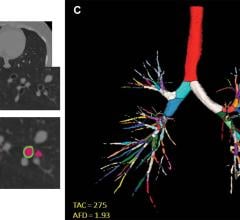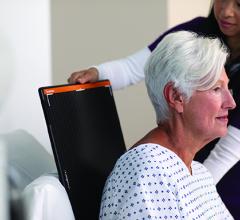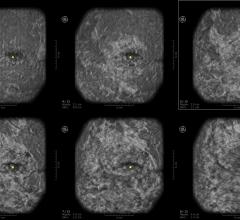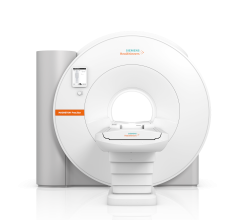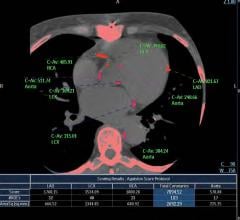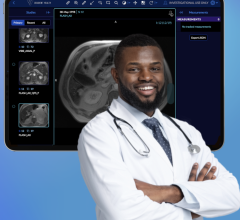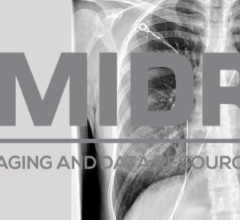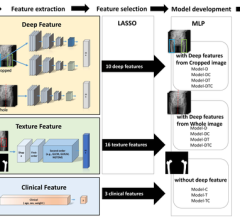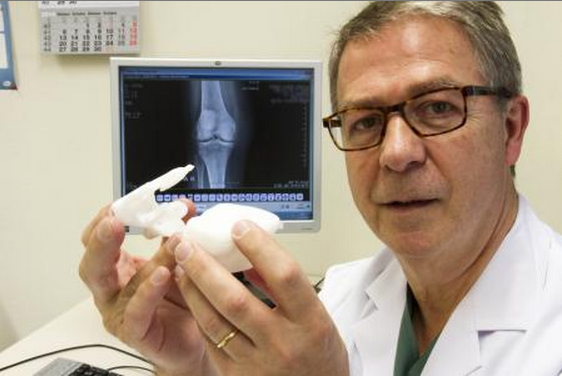
August 8, 2019 — TheRadiological Society of North America (RSNA)and the American College of Radiology (ACR) will launch a newmedical 3-D printingclinical data registry to collect 3-D printing data at the point of clinical care. A joint ACR-RSNA committee will govern the registry, intended to pilot in the fall of 2019.
"The creation of the joint RSNA-ACR 3D Printing Registry is essential for the advancement of clinical 3-D printing. The registry will allow us to collect data in support of the appropriate use of this technology and its value in clinical decision making, and this collaboration between RSNA and ACR shows the importance of 3-D printing to radiology," saidWilliam Weadock, M.D., professor of radiology at the University of Michigan and chair of the RSNA 3D Printing Special Interest Group (SIG).
This announcement follows therelease of four newCategory III Current Procedural Terminology (CPT) codes for the use of 3-D printing to createanatomic models and anatomic guides. Registry data will enable essential analyses to demonstrate the clinical value of 3-D printing, which has been challenging to date because of the rich diversity of clinical indications, the different technologies for generating physical models from medical images and the complexity of the models.
"Medical models and surgical guides have been 3-D-printed for well over a decade, as niche applications — and without CPT codes. For example, craniomaxillofacial care providers generally accept that 3-D printing is valuable and integral to patient care," saidFrank Rybicki, M.D., Ph.D., FACR, chair of the ACR Committee on Appropriateness Criteria and founding chair of the RSNA SIG. "However, when applying for CPT codes, it became clear that this 'general acceptance' lacked peer-reviewed literature to demonstrate value. This registry will supply data to benchmark the value of this subspecialty."
"The RSNA 3D Printing SIG has brought together leaders from radiology practice and from the 3-D printing industry to advance the science and applications of this important new technology," saidCharles Kahn, M.D., M.S., chair of the RSNA Radiology Informatics Committee. "The registry will help us understand the value that 3D printing can bring to clinical practice."
The registry has been supported by the efforts of many individuals, including Jane Matsumoto, M.D., Andy Christensen, Kenneth Wang, M.D., Leonid Chepelev, M.D., Ph.D., Edward Quigley, M.D., Ph.D., Justin Ryan, Ph.D., and Nicole Wake, Ph.D.
Read the article“Augmented Reality Versus 3-D Printing for Radiology”
The following industry partners are also acknowledged for providing critical financial support in the form of unrestricted grants for this initiative: Formlabs, HP, Materialise and Stratasys.
The 3-D printing registry will be hosted by the ACR'sNational Radiology Data Registry(NRDR) system. NRDR currently houses six registries with more than 6,500 participant sites and over 150 million cumulative cases. Information about this new registry, including details about how to participate, will be posted to the NRDR website as it becomes available.
For more information:www.rsna.org
Related Medical 3-D Printing Content
VIDEO: How Advanced Visualization and 3D Printing Can Improve Outcomes in Complex Cases


 August 09, 2022
August 09, 2022
